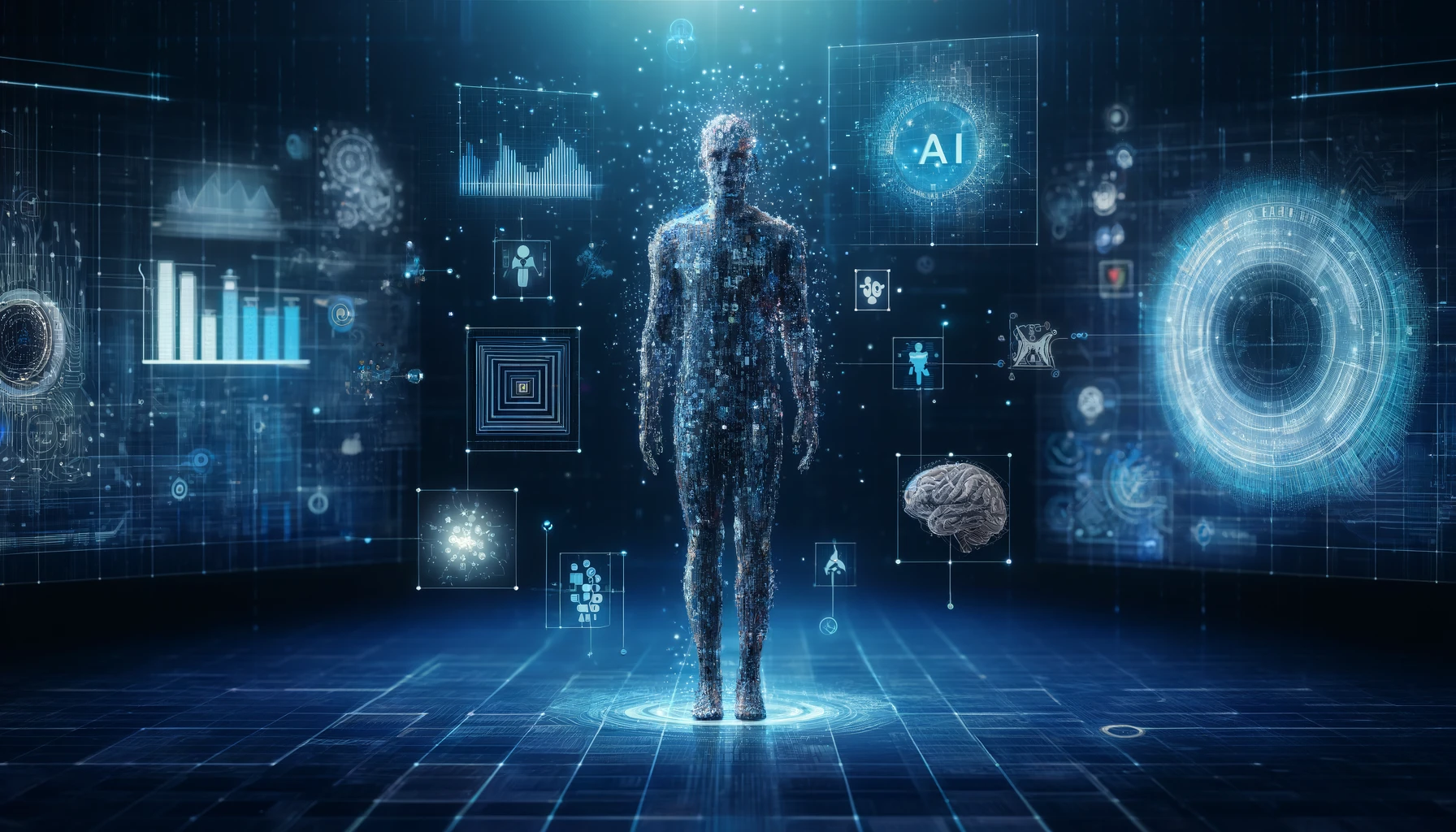Teaching with AI: Analysis of best practices3 min read
Reading Time: 3 minutesReading Time: 3 minutesArtificial intelligence (AI) is revolutionizing nearly every aspect of our lives, and education is no exception. When ChatGPT, an OpenAI-powered language model, first gained popularity, opinions about its role in education varied greatly. Some individuals were skeptical, fearing that ChatGPT could displace jobs and stunt the growth of future generations. Others saw it as a unique opportunity to improve learning experiences for students both in and out of the classroom. By the way, look what we wrote about ChatGPT in education, in case you’ve missed it!
Today, the discussion about AI’s place in education has grown beyond social media and professional networks, with universities and professors formalizing their opinions and creating guidelines to help students navigate this rapidly evolving landscape.
For example, an entrepreneurship and innovation professor at the University of Pennsylvania’s Wharton School Ethan Mollick believes that AI should supplement human interaction and teaching, rather than replace them. From his point of view, its about critical thinking, creativity and even assistance with English. Ethan Mollick’s new AI policy calls AI usage an “emerging skill.” AI can personalize learning, assist in grading, and help identify areas where students need additional support. What we need is to adapt.
Though its not only professor from Wharton who made his claims, but the Helsinki University as a whole. The Helsinki University has also released guidelines on using large language models in teaching and writing. They write: “The existence of large language models should be seen as an opportunity. The University encourages degree programmes and teachers to use AI in their teaching. This way, we can prepare you for a society of the future where AI methods will be widely used.”
According to new guidelines, it is the teacher who decides on whether to use AI technology or not in the course, with the understanding that if their use could impede the learning objectives, they may be forbidden, including for independent work. Interesting enough, students must also indicate in writing what and how a language model was used to produce their essays, theses or other works. Moreover, it is prohibited by Helsinki University to use language models that is not available for free, as it may put students at unequal position.
What other opportunities we see in using AI in learning?
Forbes India advises business professors to remain agile and creative to keep up with ChatGPT. They suggest adding complexity to ‘clinical’ cases, such as incorporating regional angles or relating them to real-life business leaders, to make them less vulnerable to being answered generically by AI. Forbes India also encourages to update the cases discussed during classes, so that they would be relevant, detailed, and students would need more creativity and critical thinking to solve modern tasks.
At the same time, The North Wind published an article claiming that while ChatGPT can be a useful tool for students struggling with essay writing, the traditional classroom model needs to change. The authors emphasize the importance of student engagement and interaction in the learning process. Hard skills like research and essay writing should still be taught, but in a way that requires students to participate actively in class discussions, so they don’t feel the need to rely solely on ChatGPT. Thus, The North Wind advises teachers to reconsider learning and focus more on interactions, discussions and active participation rather than writing reflection papers.
It’s essential for students to understand these guidelines and the benefits and limitations of using AI in education. As we continue to navigate the responsible use of AI, striking a balance between leveraging its potential and recognizing the importance of creativity and human interaction in the learning process will be critical. With proper guidelines and education, we can ensure that AI enhances, rather than replaces, human capabilities in education.




